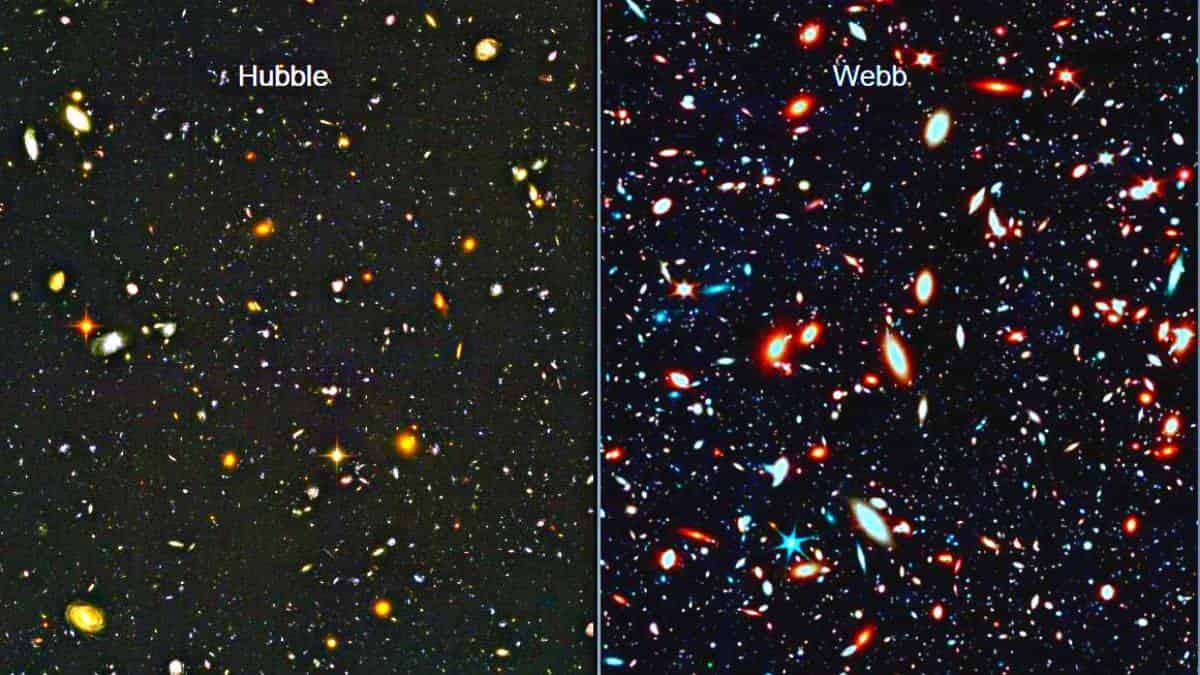NASA is set to reveal rare images taken by James Webb Telescope very soon

NASA will reveal images of rare celestial objects taken by the James Webb Space Telescope on July 12. The images will consist of bright nebulae, groups of galaxies discovered in 1877, and the giant planet composed of gas situated outside of the solar system.
NASA states that the awaiting images will be shared on the US space agency’s social media platforms and on its website. According to NASA scientists will observe the Carina Nebula or Great Carina Nebula is the largest and brightest nebulae located in the Carina Sagittarius Arm situated approximately 7,600 light-years away from Earth. Carina Nebula is known for encompassing a cluster of classified stars within its boundaries it has the large Carina OB1 association and open clusters including several O-type stars and Wolf-Rayet stars. Scientists say that the Nebulae act as stellar nurseries giving birth to different stars.
NASA said, “The Carina Nebula is home to many massive stars, several times larger than the Sun.” The telescope will also observe the WASP-96 b planet that is situated outside of the solar system. The WASP-96b is a gas-filled exoplanet with a mass of 0.48 times Jupiters. It orbits the class G star WASP-96 every 3.4 days and it is situated almost 1120 light-years away from Earth in the constellation Phoenix. It was first discovered in 2014 by the Wide Angle Search for Planets (WASP).
NASA also said that they will be observing an Eight Burst nebula which is a planetary nebula with an expanding gas cloud located almost 2,0000 light-years away from Earth.
According to NASA regarding the mission, “About 290 million light-years away, Stephan’s Quintet is located in the constellation Pegasus. It is notable for being the first compact galaxy group ever discovered in 1877. Four of the five galaxies within the quintet are locked in a cosmic dance of repeated close encounters.”
NASA further added, “Webb will solve mysteries in our solar system, look beyond distant worlds around other stars, and probe the mysterious structures and origins of our universe and our place in it.”

